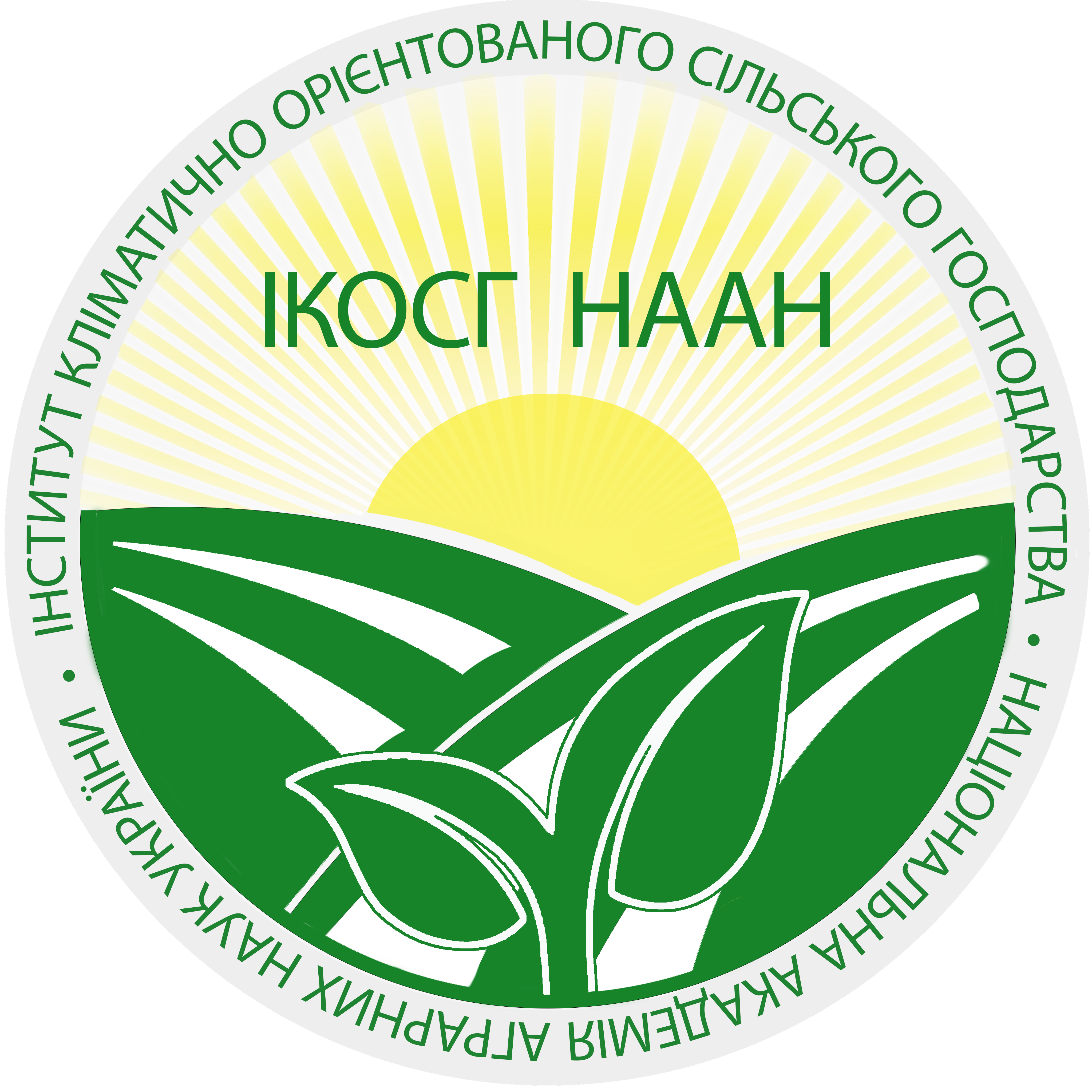ЦИТОГЕНЕТИЧНА АКТИВНІСТЬ НІТРОЗОМЕТИЛСЕЧОВИНИ У ПШЕНИЦІ ОЗИМОЇ
Анотація
При моніторингових дослідженнях особливостей активності хімічного супермутагену особливе значення мають такі параметри як загальна частота хромосомних порушень, пропорції окремих типів перебудов, наявність окремих типів аберацій. Мета. Показати відмінності в цитогенетичній активності за частотами та спектром хромосомних перебудов у клітинах меристеми первинної кореневої системи у пшениці озимої в першому поколінні, показати ключові параметри в залежності від генотипу та концентрації. Методи. Насіння 8 сортів пшениці озимої Балатон, Боровиця, Зелений Гай, Золото України, Каланча, Нива Одеська, Полянка, Почайна обробляли розчином хімічного мутагену нітрозометилсечовини (НМС) у концентраціях 0,0125 та 0,025%. Методом світлової мікроскопії проводили аналіз хромосомних аберацій на препаратах мітозів верхівок первинних коренів сортів озимої пшениці на пізній стадії метафази та ранній анафазі. Результати. В цілому цитогенетична активність нитрозометилсечовини була більш високою. Досліджували такі показники як загальна частота, фрагменти (одинарні та подвійні), мости (також одинарні – хроматидні – та подвійні – хромосомні), більш рідкісні аберації як мікроядра, відстаючі хромосоми. Окремо враховувалися клітини з множинними хромосомними абераціями (комплексними). Значимо підвищення концентрації вплинуло на всі показники, різниця по генотипу дії була значущою лише для кількості клітин з множинними перебудовами. Кількість клітин з двома і більше абераціями виявилась надійним і достовірним параметром, який відображає підвищення концентрації (дози) мутагену та вплив суб’єкту дії (сорту). За модельними ознаками для генотипів відрізняються лише наявність комплексних аберацій, реакція на всі інші показники відсутня. Очевидно, саме ця частина спектра і зумовила зміни за загальною частотою цитогенетичних порушень, які вплинули на відмінності трьох сортів від інших за характером мінливості на клітинному рівні. Висновки. Більшу вагу набуває показник як клітин з множинними (комплексними) перебудовами. Найвищу генетичну спорідненість до дії НМС показали генотипи Зелений Гай, Полянка, Боровиця. Поведінка інших суттєво не відрізнялась. Концентрації слід віднести до діапазону умовно-помірних – високих. Вони входять до оптимальних з точки зору індукції мутацій в наступних поколіннях для всіх досліджених генотипів, що й буде встановлюватись під час майбутніх польових експериментів з їх ідентифікації та успадкування.
Посилання
2. Beiko V., Nazarenko M. Occurrence of cytogenetic effects under the epimutagen action for winter wheat. Regulatory Mechanisms in Biosystems. 2022. 13(3). P. 294–300.
3. Bezie Y., Tilahun T., Atnaf M., Taye M. The potential applications of site-directed mutagenesis for crop improvement: A review. Journal of Crop Science and Biotechnology. 2020. 24, Р. 229–244.
4. El-Azab E., Ahmed Soliman M., Soliman E., Badr, A. Cytogenetic impact of gamma irradiation and its effects on growth and yield of three soybean cultivars. Egyptian Journal of Botany. 2018. 58(3). Р. 411–422.
5. Horshchar V., Nazarenko M. Winter wheat cytogenetic variability under the action of a chemical supermutagen. Regulatory Mechanisms in Biosystems. 2022. 13(4). Р. 373–378.
6. Hussain M., Gul M., Kamal R., Iqbal M., Zulfiqar S., Abbas A., Röder M., Muqaddasi Q., Rahman M. Prospects of developing novel genetic resources by chemical and physical mutagenesis to enlarge the genetic window in bread wheat varieties. Agriculture. 2021. 11, article number 621.
7. Khursheed S., Laskar R., Raina A., Amin R., Khan R. Comparative analysis of cytological abnormalities induced in Vicia faba L. geno-types using physical and chemical mutagenesis. Chromosomal Science. 2015. 18. Р. 47–51.
8. Nazarenko M. The influence of radio-mimetic chemical mutagen on the chromosomal complex of winter wheat cells. Regulatory mechnisms in biosystems. 2017. 8(2). Р. 283–286.
9. Oney-Birol S., Balkan A. Detection of cytogenetic and genotoxic effects of gamma radiation on M1 generation of three varieties of Triticum aestivum L. Pakistan Journal of Botany. 2019. 51(3), Р. 887–894.
10. Yali W., Mitiku T. Mutation Breeding and Its Importance in Modern Plant Breeding. Journal of Plant Sciences. 2022. 10(2). 64–70.






